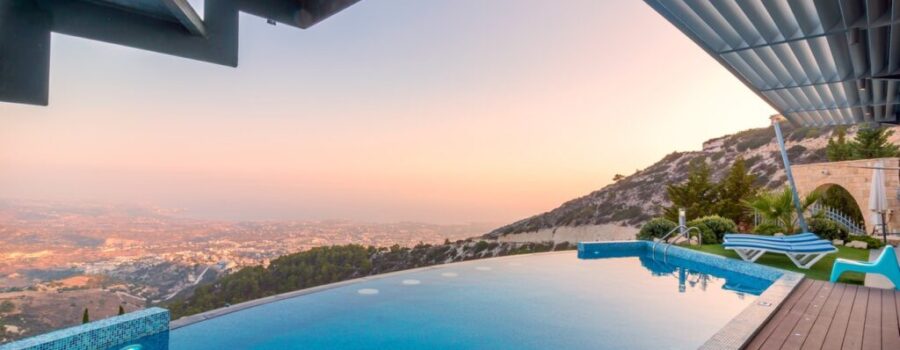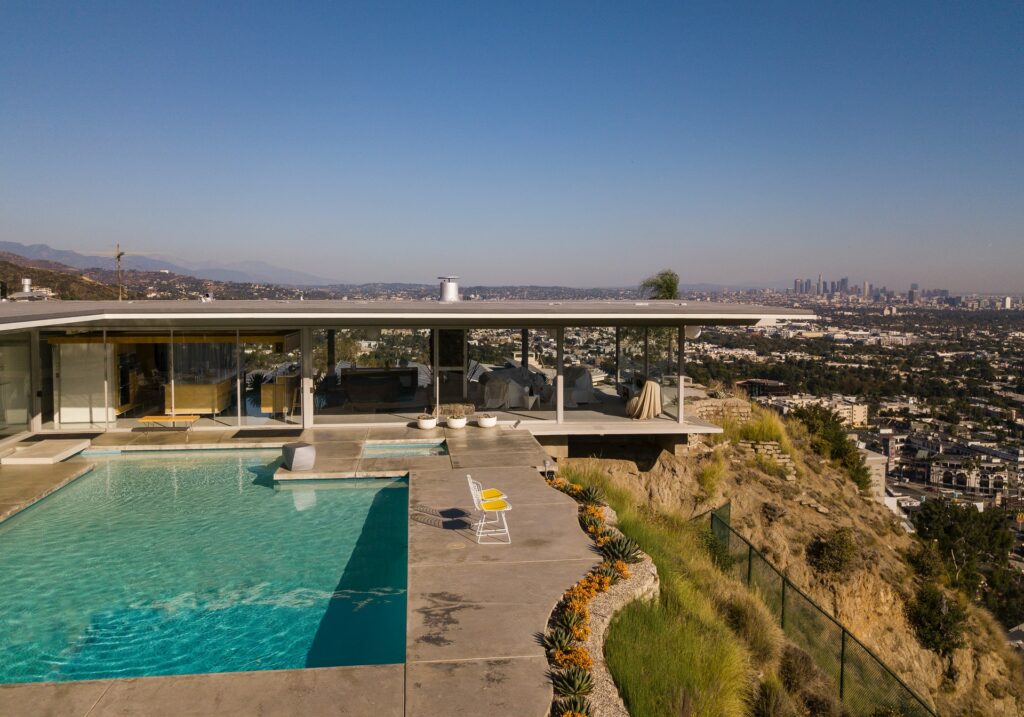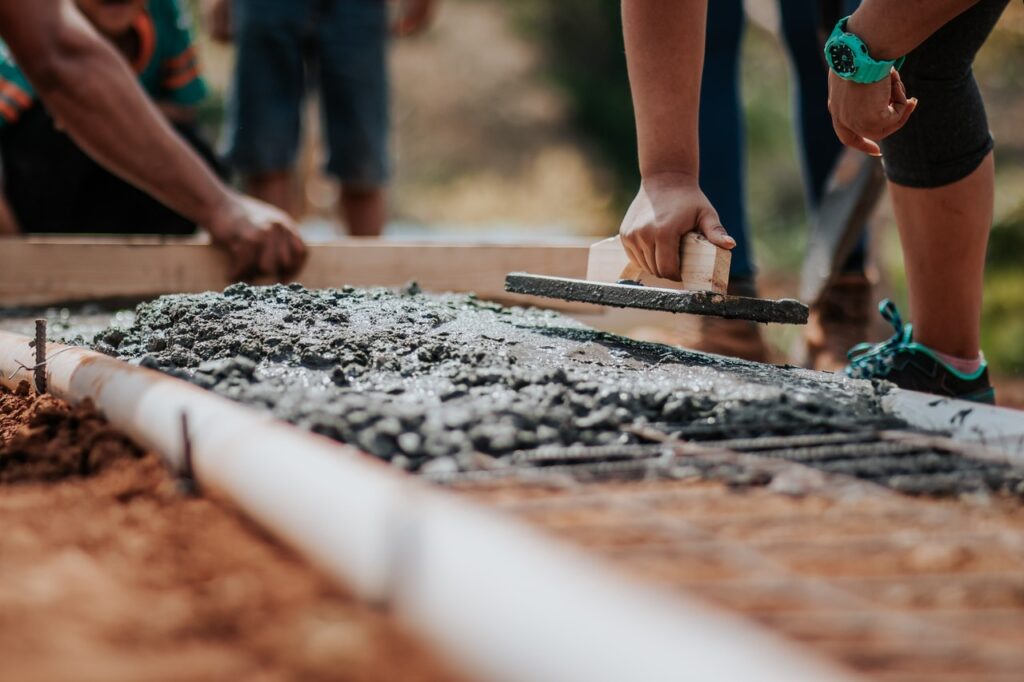
Acquiring a Swimming Pool Permit in Los Angeles California
Whether you want to add value to your home or would like a place where you and your family could relax during the warm summer months, an outdoor swimming pool can make for a wonderful addition to your home. Before you set about constructing a pool on your property, you’ll need to acquire a swimming pool permit. Though permit requirements differ by state, every state requires that homeowners obtain a permit before constructing an outdoor swimming pool. The reason why this requirement is in place is to make sure that the swimming pool is built in a manner that prioritizes safety for anyone who uses the pool or the area surrounding the pool.
In the event that you retain the services of a contractor for this type of project, the contractor will assist you in obtaining the necessary permit. While the application process is relatively simple, you’ll need to provide the LADBS with relevant documents and information. When you’re given a permit, you can then start construction without worrying that your swimming pool won’t be up to code. If you live in a community with a homeowner’s association, make sure that you ask them if you’re allowed to build a pool on your property.
The process of getting a swimming pool permit differs depending on whether a private pool or public pool is being constructed. For private pools, a combined mechanical-building permit must be granted before construction can begin on the pool in question. In the event that a public pool is set to serve more than two-family properties, separate mechanical, building, plumbing, and electrical permits will need to be obtained.
If the public pool serves a basic two-family dwelling, a combined mechanical-building permit is enough. Keep in mind that not all pools require a permit before construction can begin in Los Angeles. Permits aren’t necessary for any wading, bathing, or swimming pool that’s less than 24-inches deep or has a surface area that’s less than 250 square feet.
This article provides you with everything you should know about obtaining a swimming pool permit.
The Process of Obtaining a Pool Permit
The permitting process for a swimming pool is mostly straightforward and can be completed by following some basic steps. These steps include:
- If you pay dues to a homeowner’s association, the first and most important aspect of the permitting process involves asking your HOA if a pool can be built on your property
- Once you know that a pool can be built, it’s time to gather all of the relevant information that’s required for the application
- Submit the finalized permit application at a LADBS office, of which there are five situated throughout Los Angeles
- Pay any fees that are required for the permit
- Wait until the permit has been granted before you begin construction on the pool
- Build your pool, fence, and any necessary electrical installations
- Once construction on the pool has been completed, make sure that you request an inspection before you go ahead and use the pool
The amount of time that it takes for your permit application to be granted depends mainly on the size and overall complexity of your project. In most cases, you should expect the permit to be granted in around 3-6 business days, after which construction can begin immediately.
Necessary Requirements for a Pool Construction Permit

As touched upon earlier, you’ll need to provide the LADBS with a significant amount of information and documentation if you want your application to be granted. First of all, it’s important that you provide a plot plan that identifies where the pool is set to be built. The LADBS will need to make sure that the construction of the pool won’t interfere with any nearby utilities. Some other pieces of information that must be given in a pool permit application include:
- Your name
- Your address
- The address where the project is set to be completed
- Your contact information
- Exact pool dimensions
- What you believe the cost of constructing the pool will be
- The pool plan should include fencing details and pool specifications
- Fencing is essential and must include a self-latching gate that’s around the same size as your fence
- Make note of property boundaries and the distance that the pool will be from your home
- If you hire a contractor, they must provide the finalized pool design as well as detailed assembly instructions
Keep in mind that different permits may be needed when constructing a pool. For instance, it’s possible that you will need to obtain a gas or electrical permit. If electricity is used for any facet of the pool, an electrical permit would be required. If you’re using gas to keep the pool heated, a separate gas permit would be needed.
Inspection Process for a Pool Permit
Once you have finished constructing your outdoor swimming pool, the finalized project will need to be inspected to make sure that everything’s up to code and that the pool was built in accordance with the plans and design that you provided to the LADBS. Any electrical installations will also be verified during this process. If a barrier has been built around your pool, the barrier will be checked to determine if it is safe and has been built correctly. Keep in mind that the pool can’t be used unless you pass this inspection. The core aspects of the pool inspection process include:
- An initial walk-around, which will involve looking for any issues with the outer pool deck
- A security check that inspects any safety features, which extend to gates and fencing
- The pool foundation and liner will be inspected for the presence of any cracks, leaks, or other kinds of damage
- Ladders, drains, handrails, lights, and other pool hardware will be inspected to ensure that they work properly and were installed correctly
- Filters, plumbing, heaters, timers, and similar electrical equipment will be inspected, which is typically the final step in the inspection process
Once the inspection has been completed, you’ll receive a detailed report that notes any issues that may need to be corrected before you’re allowed to use the pool. If you adhere to the plans that you provided to the LADBS, you should be able to pass the inspection without issue.
Swimming Pool Costs Los Angeles

If you want to construct your swimming pool without the assistance of a contractor, it’s important that you’re aware of how much a swimming pool will cost to build. The average cost for an outdoor swimming pool in Los Angeles is just over $10,000. However, these costs can differ significantly depending on the type and size of the pool as well as where you live. If you don’t want to spend too much money on an outdoor pool, consider obtaining an above-ground pool, which costs anywhere from $1,000-$6,000.
In-ground pools can be considerably more expensive. When you construct a fiberglass in-ground pool, you can expect the costs to range from $5,000 to upwards of $40,000. In-ground pools that are made from other materials can cost as much as $78,000. The reason that these price ranges are wide is because the quality of the materials can differ substantially, which gives you the opportunity to build a pool within a specific budget.
Swimming Pool Material Costs
- Pool cover – When the pool isn’t being used, it should be properly covered with a solar, winter, or mesh cover. Solar covers can cost around $1,000. However, the majority of mesh and winter covers only cost around $200-$300.
- Pool pump – Pumps are designed to assist with the filtration system in your pool and can keep the water clean. Installing a pool pump can cost you anywhere from $200-$800.
- Pool heater – If you want to use your pool during the cold winter months, a pool heater will be necessary, which can cost you around $1,800-$3,200.
- Pool enclosure – If you want to keep your pool shaded, you can construct a pool enclosure over it, which can cost anywhere from $5,000-$35,000.
Make sure that you take general maintenance costs into account as well, which can range from $1,000-$1,800 per year. If you want to get the most out of your pool, there are a range of accessories that you might want to have installed around the pool.
Swimming Pool Accessories
- Lights – If you want to be able to swim at night, light installations may be necessary, which can be as high as $500.
- Waterfalls – A waterfall can enhance the curb appeal of your home. However, these accessories aren’t cheap and typically come in at more than $1,000.
- Slides – If young children are going to be swimming in the pool, you might want to have 1-2 slides installed, which can range in price from $100 to several thousand dollars.
- Diving boards – Diving boards can be installed around a pool for $300-$600.
- Awnings – If you want to shade the pool without installing a full enclosure, awnings can be built for much less. Fixed awnings can be purchased for as little as $300. If you want to install a retractable awning, expect to pay a few thousand dollars.
- Hot tub – A hot tub is a perfect addition to a home if you want to relax during the cold months of the year. Installing a hot tub can range in price from $400-$2,000.
- Rocks – Decorative rocks can improve the appearance of your outdoor pool and can cost around $100.
Adding a Swimming Pool to Your Home to Increase Home Value

One of the top reasons to add a swimming pool to your home is because it can significantly increase the value of your home. In Los Angeles, it’s ideal to have a swimming pool because the temperatures are relatively warm and comfortable all year round, which increases the viability of a pool. When prospective homeowners know that they can use a pool at any time of the year without needing to worry about freezing temperatures, they will be more likely to desire a pool when buying a home.
Depending on the size of your pool, constructing a pool on your property can increase the value of your home by as much as 7-10 percent. However, be careful not to spend too much money on your outdoor pool if you’re building it mainly to increase your home value. At a certain point, the costs will outweigh the value that’s added to your home. If you want to get the most out of your pool, it should be considered as an investment in your lifestyle just as much as it’s an investment in your home. Before construction begins, make sure that you obtain a permit to avoid any penalties.

Jason Somers, President & Founder of Crest Real Estate
With over 15 years of professional experience in the Los Angeles luxury real estate market, Jason Somers has the background, judgement and track record to provide an unparalleled level of real estate services. His widespread knowledge helps clients identify and acquire income producing properties and value-ad development opportunities.
Learn more about Jason Somers or contact us.



